Sunda Scops Owl – Brown-Eyed, Screeching, Populous Oriental Owl
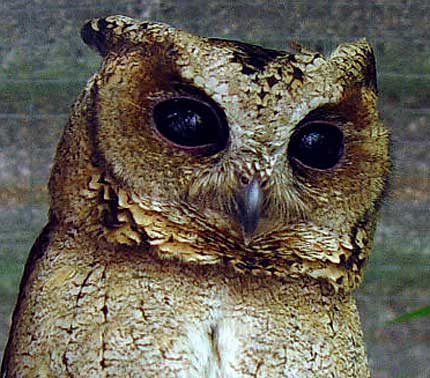
The sunda scops owl (latin name otus lempiji) is a small to medium-sized member of the owl family which is sandy brown in color, speckled with black and gray patches and spots. It’s streaked underneath and has a pale collar and generally quite dark brown eyes. There are six sub species of this bird found across the Malay Peninsula.
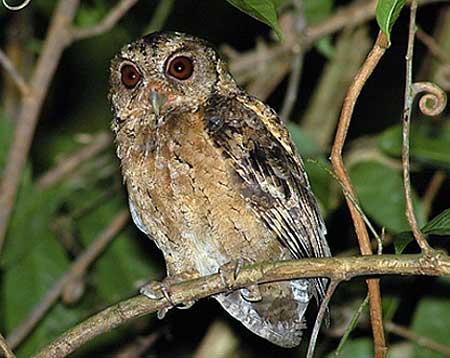
It’s found in plantation and garden areas. Interestingly, it’s one of the few owls which are actually benefiting from the growth of the human population and is a very common owl, not experiencing any degree of endangerment. In the past few years, they have been found building their nests in buildings as well as trees, so it seems they are evolving to live in the modern built up world with no troubles. The countries and islands it inhabits include Malaysia, Sumatra, Borneo, Java and Bali.
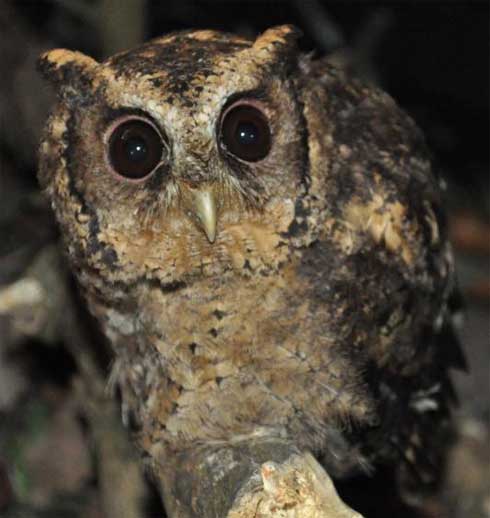
They range in size from around 20 inches (51 cm) to 25 inches (63 cm) and generally weigh anything between 3.5 oz (100 g) to 6 oz (170 g). They’re categorized as insectivorous and they do mainly survive on insects. However, they will also eat eggs, small rodents, lizards and anything they can manage. Beetles make up the majority of their diet.
They lay their eggs in tree hollows. Usually a clutch consists of two or three eggs although there are occasionally larger clutches but this is very rare. The nests are lined unusually with plant fibers and the laying period always falls between January and April.
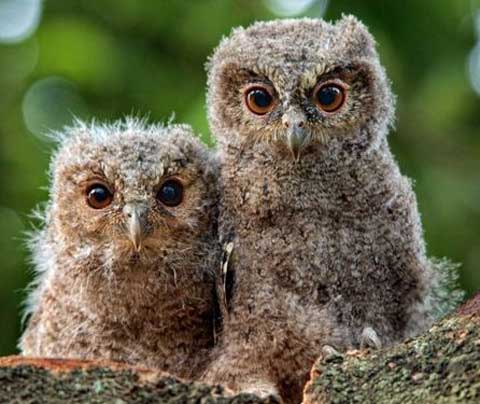
The owl has a very distinctive and well known call. Bird watchers describe its call as a “whoop” with a higher upward inflection at the end which is uttered approximately every 10 to 15 seconds. It’s considered one of the most well known cries among the species as it is so piercing and loud. Some people even consider its cry a screech and that’s how one of the species’ aliases is the Oriental screech owl.
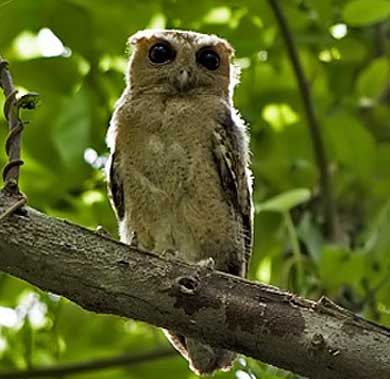
The sunda scops owl is a common Asian owl which can be found in many different countries and is becoming a common site in both gardens and urban environments.
